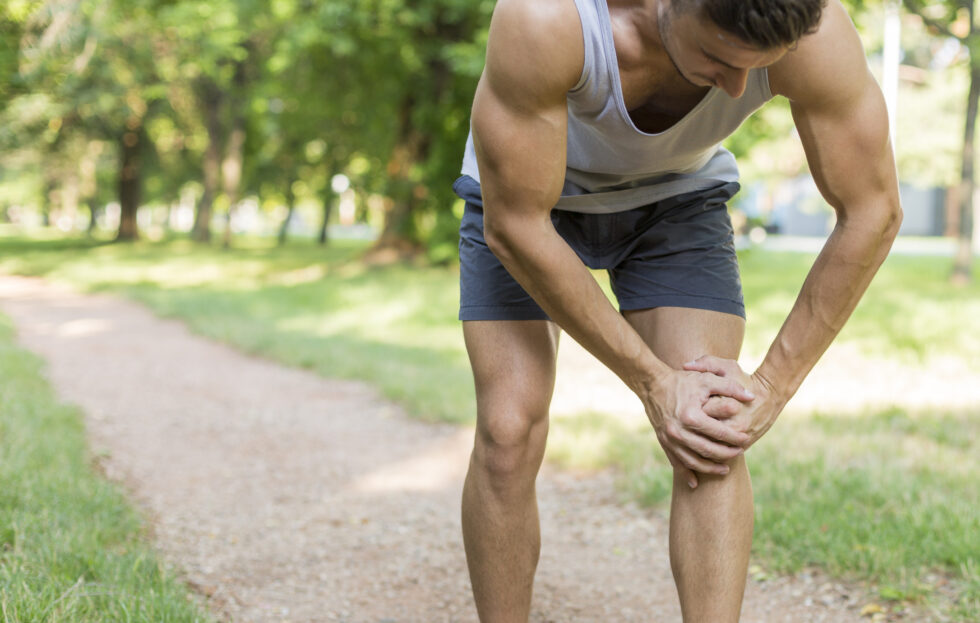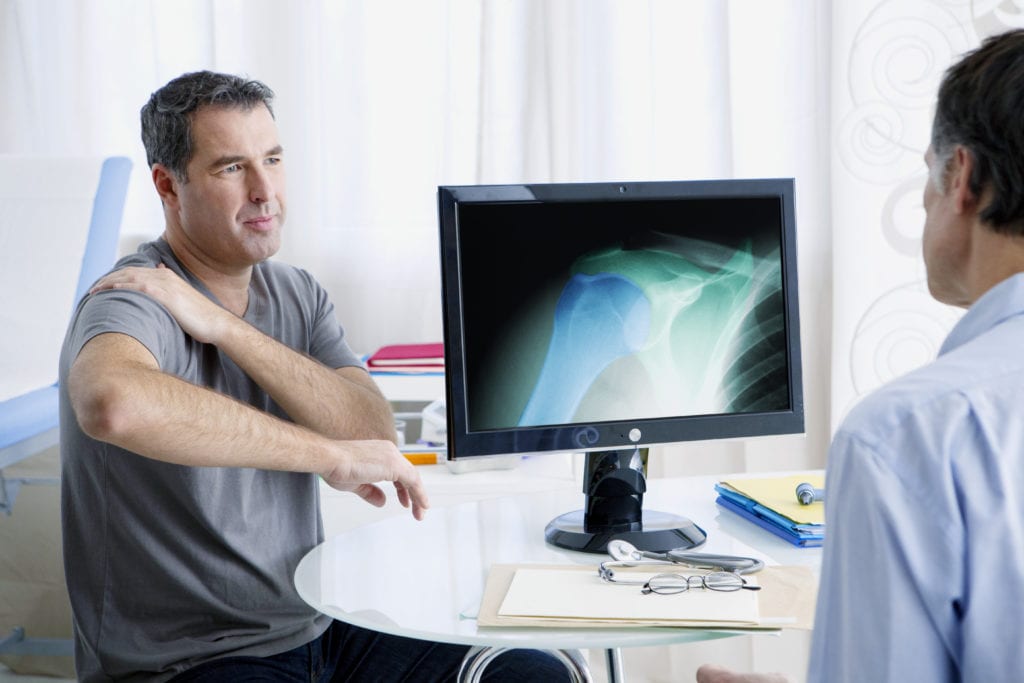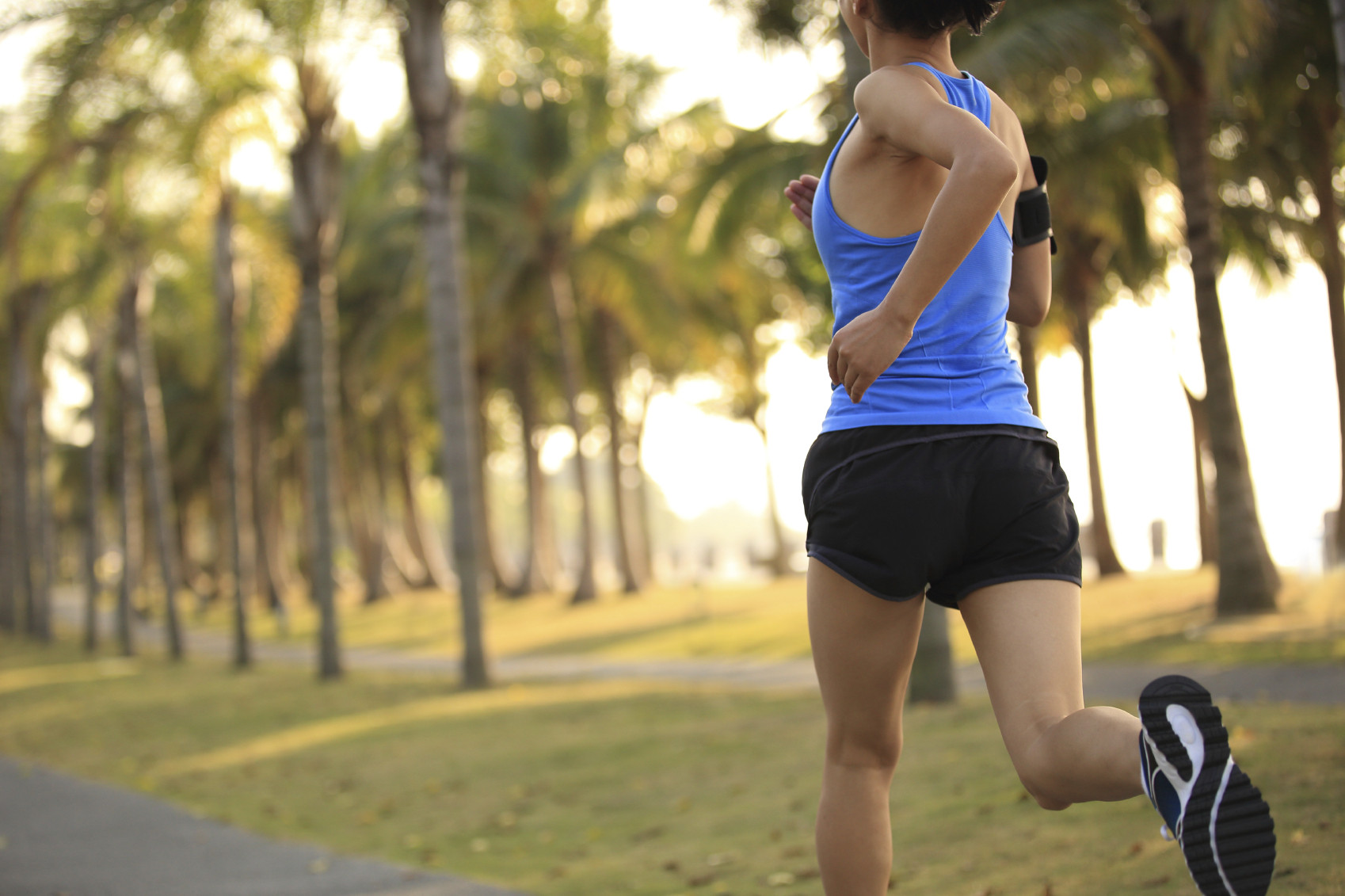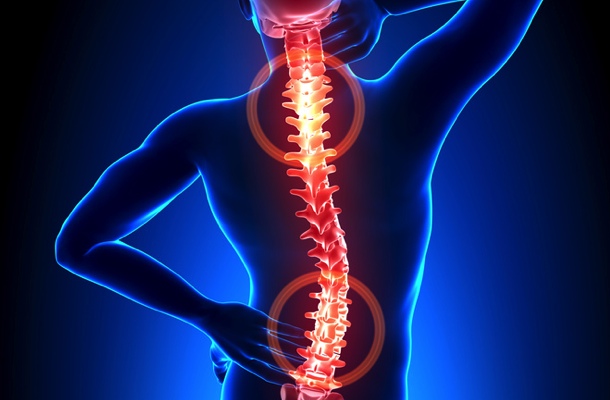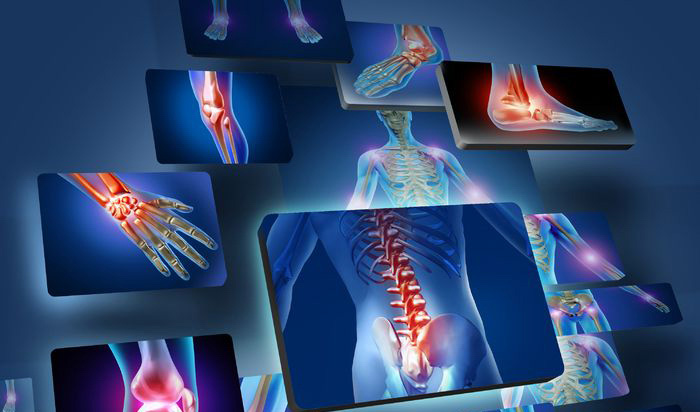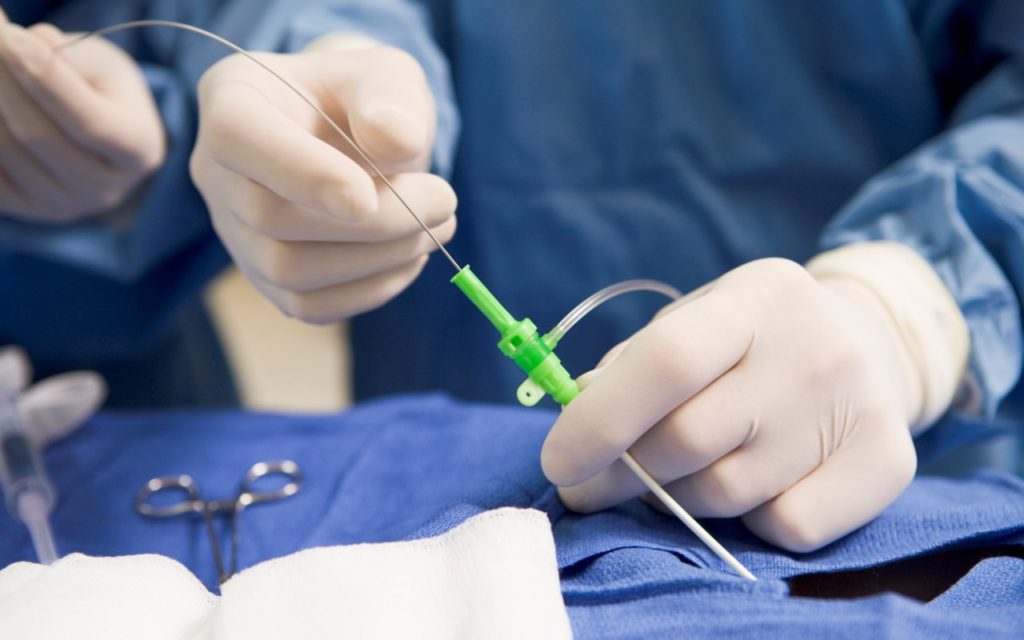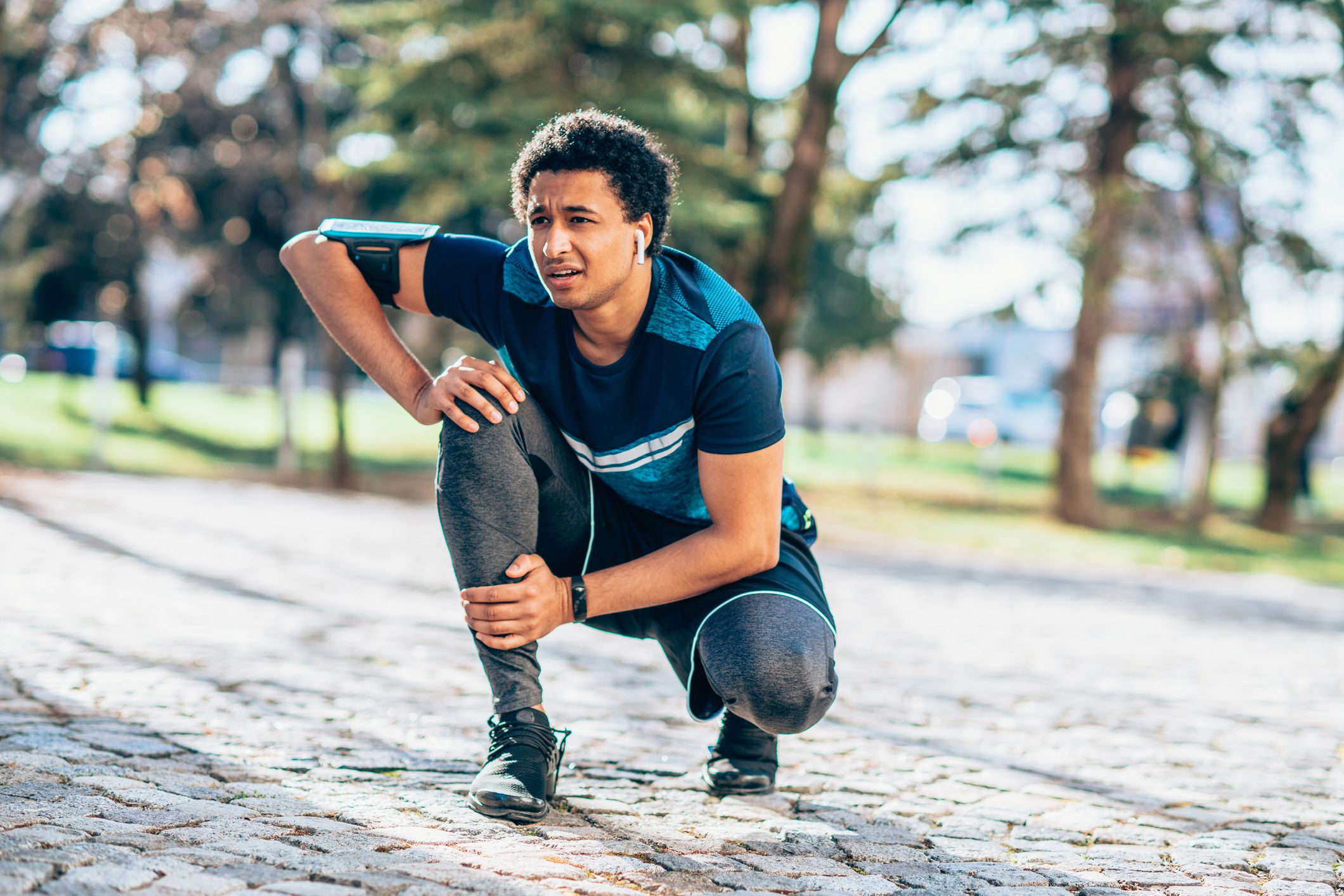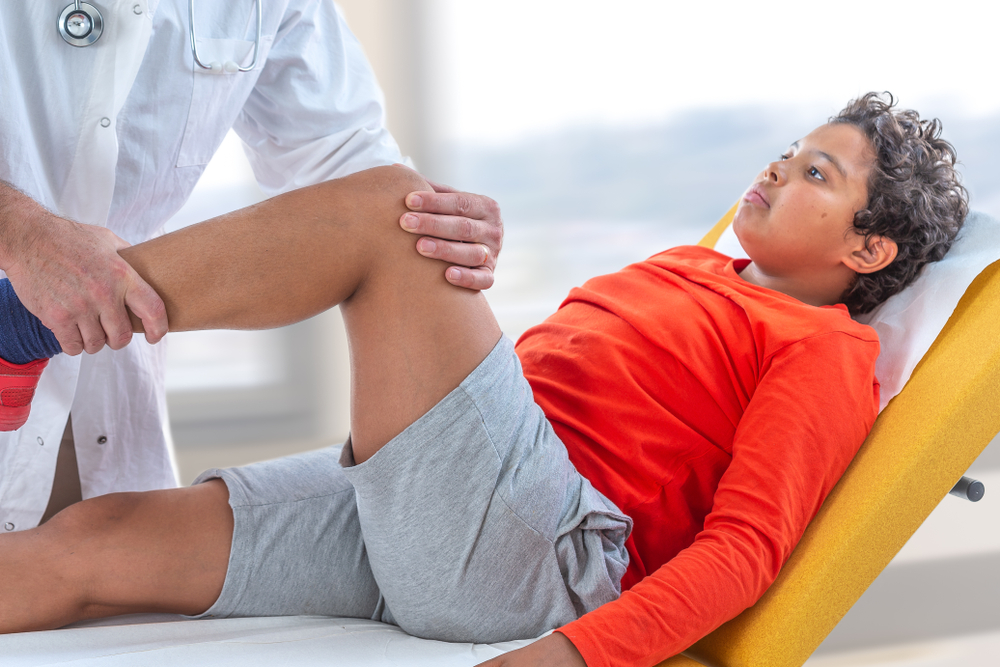Boots always look great. The big question, though, is do they feel great?
If you’re making decisions with your tootsies in mind, the answer to that question should be a resounding YES. It’s important to think of your feet as an important part of your body that deserves a little TLC.
Why buying proper footwear matters
You’re probably not thinking today of how your footwear might contribute to future bunions or hammertoes. You’re probably not too worried about those stylish kicks putting stress on your knees, hips and back, either.
But there’s no doubt that wearing flimsy or ill-fitting footwear day after day takes a toll on your body.
How to choose the right boots
Knowing which boots are best for your feet can be a walk in the park if you know the basics. Here are some pointers on how to choose — and rock — boots that are both good-looking and good for your foot health.
Let’s start with the basics. In general, Col Dr Adari says to look for a boot with:
- A wide toe box, which gives your toes room to splay naturally and keeps them from getting cramped.
- Good arch support, which sets a solid foundation for posture and movement.
- Side-to-side stability, meaning the footwear won’t easily bend or twist.
Use these five tips for buying and wearing boots:
- Test them for support. It shouldn’t be easy to bend a boot in half from back to front, or from side to side. (And, yes, try bending them in the store.) Having some rigidity brings down your chances of a foot injury while walking around town.
- Buy insoles to provide comfort. Do this especially if you have neuropathy of diabetes (previously referred to as diabetic neuropathy) and the nerves in your legs and feet are damaged. Add a diabetes insole to your boots to relieve pressure.
- Look for quality materials. Rain boots or nonporous materials should be flexible and not hit hard at your ankles, toes and heels. Good leather is better and more breathable. Avoid cheaper materials that don’t allow your feet to breathe, as this may cause sweating and can invite bacteria and odor issues.
- Regularly change up your footwear. Try to avoid wearing the same boots (or shoes) day in and day out. Wearing different shoes for shorter periods of time reduces the targeted impact on your feet, legs, joints and spine.
- Try to keep your footwear dry. If your boots do get wet — after all, it does rain from time to time — allow them to dry thoroughly before re-wearing. Wet boots create an ideal environment for bacteria growth.

Healthy fashion advice
If you want to decide which boots are best for your feet and have a specific style in mind, here’s a quick guide that’s a bit more fashion-focused.
High-heeled boots
Wearing heels comes with a definite cost.
Putting your feet at that awkward angle can tighten your Achilles tendon over time, which opens the door for Achilles tendonitis. It can also worsen capsulitis (inflamed joint capsule) and neuromas (thickened nerve tissue between toes).
And high-heeled boots can cause bunions, as well as make them worse.
Sheepskin boots
Nobody questions the popularity of warm-and-fuzzy shearling boots. But when it comes to the health of your feet … well, the story is anything but warm and fuzzy.
Sheepskin boots typically offer next to nothing in the way of arch or ankle support. (That lack of stability can lead to a rolled-ankle walking style dubbed the “UGG® shuffle” after one of the more popular brands).
Another negative? That cozy interior that’s great for your feet is also ideal for bacteria and fungi. That can lead to infections, rashes and some pretty stinky boots
Wedge booties
The uber-boosted heels that give wedge booties such a distinct look can put added pressure on your forefoot. They also provide little in the way of side-to-side support — which can be an issue if your feet are flat or your ankles are unstable.
Avoid wedge booties, too, if you’re dealing with previously mentioned issues such as neuromas or capsulitis.
Riding boots
Your feet will appreciate the lower heel seen in most riding boots. A rounder, extra-deep toe box also makes this style of boot a great choice if you’re dealing with issues like bunions or hammertoes.
But the insole is often flat and too rigid, which can cause foot pain such as plantar fasciitis. An investment in insoles can help with that, though.
Cowboy boots
Traditional cowboy boots offer pointed toes for a reason: It makes it much easier to slip your feet into the stirrups when riding a horse. (Makes sense, right?)
But in today’s world, of course, it’s much more likely that your Bronco or Mustang has an engine and gas pedal — so that narrow toe area is more of a potential problem than a get-on-the-horse solution.


